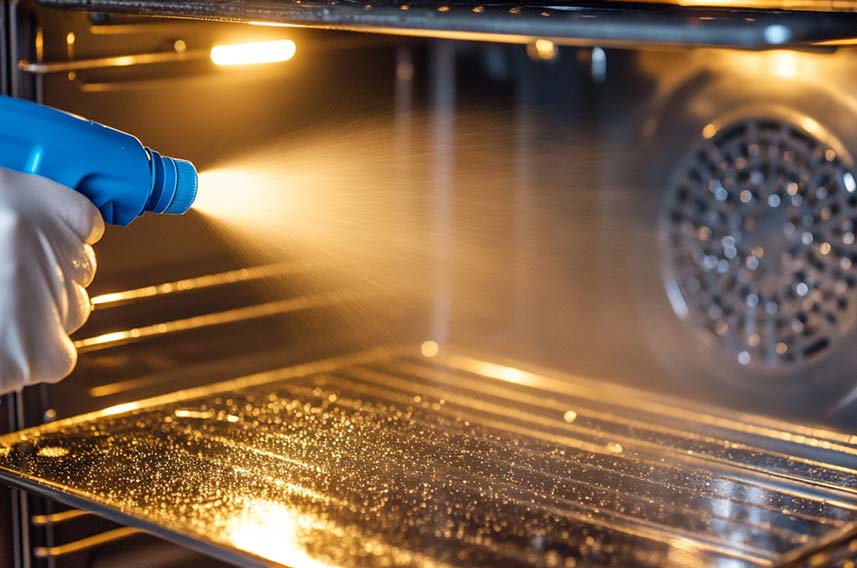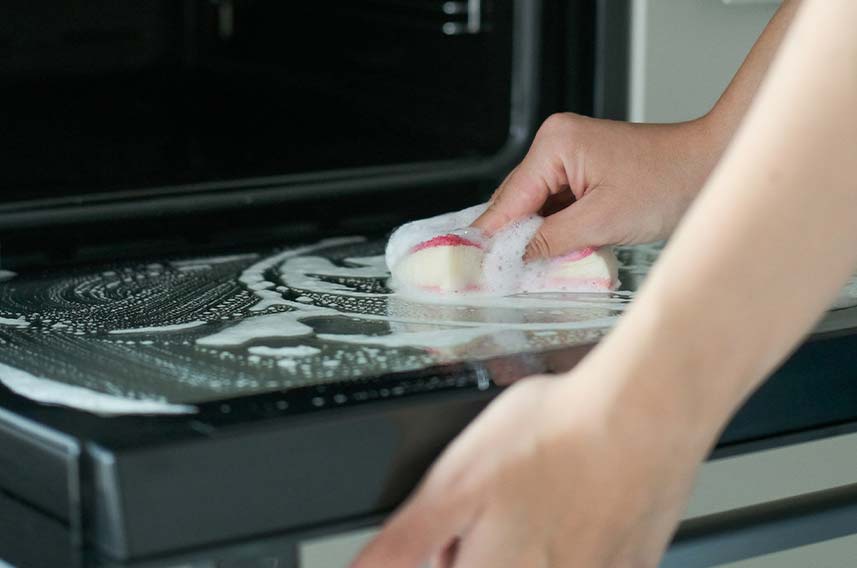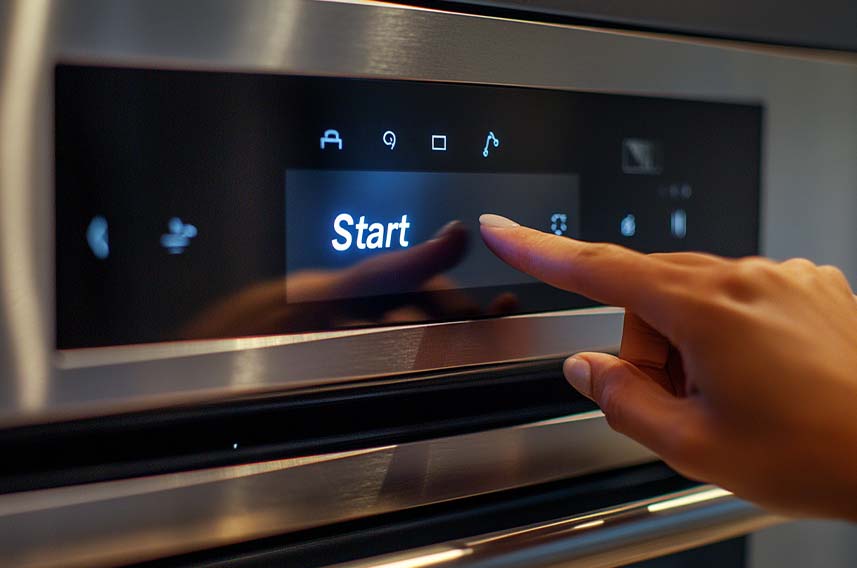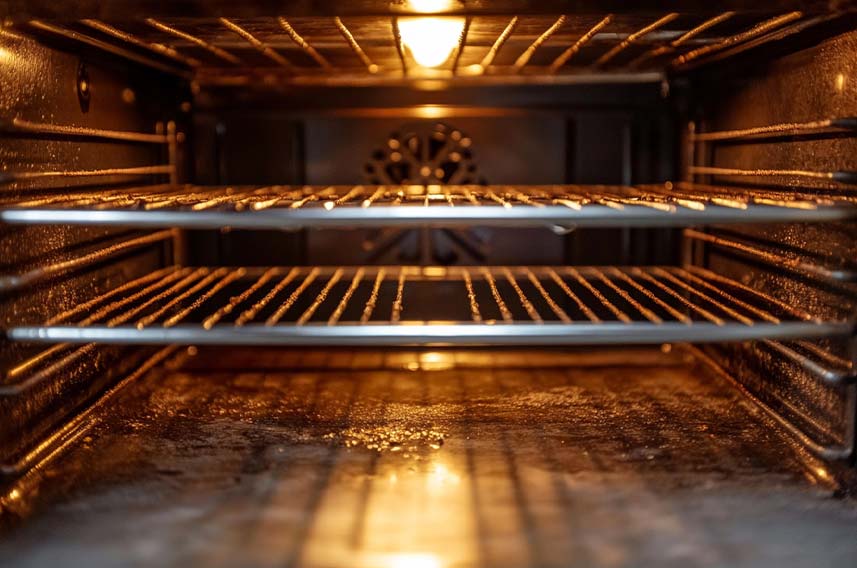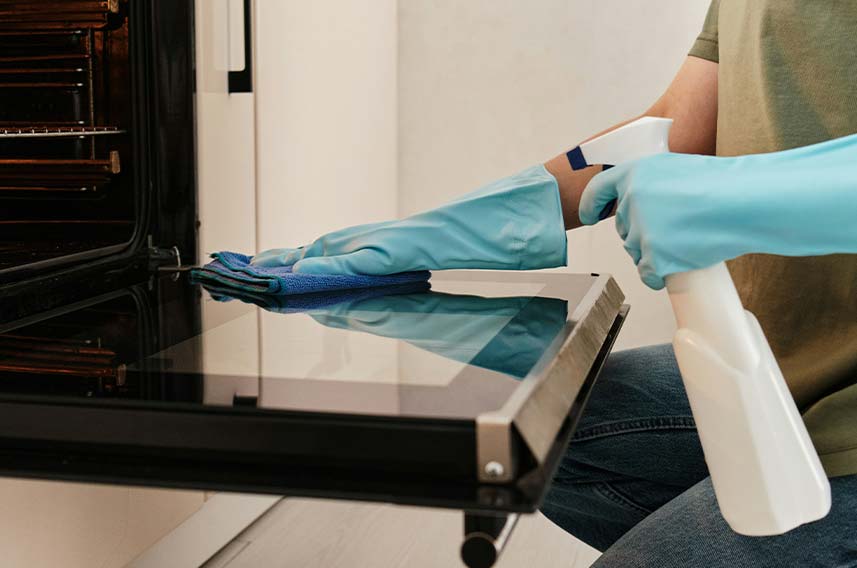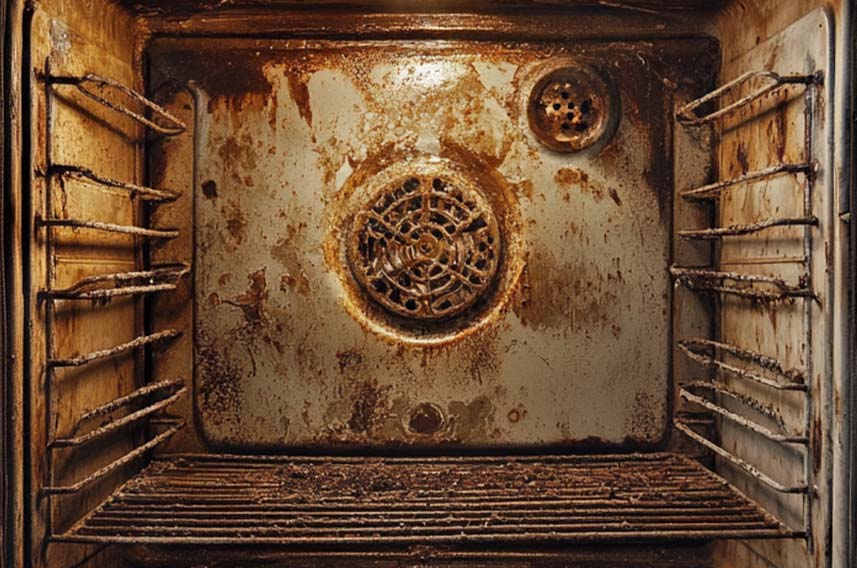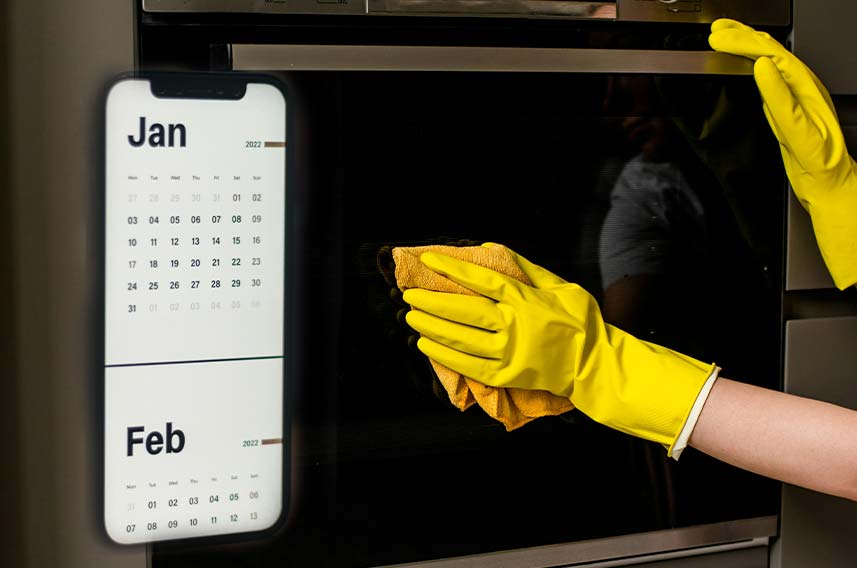Tel: 01474 876800 • Client Portal
- Who We Are
- What We Do
- Build
- Carpentry
- Building Works
- Commercial Flooring
- Commercial Glazing
- Commercial Locksmith
- Commercial Painting & Decorating
- Commercial Plastering
- Commercial Plumbing
- Commercial Refurbishment
- Commercial Roofing
- Design & Construction
- Electrical Installation
- Hard & Soft Landscaping
- Mechanical & Electrical
- Office Builders
- Office Fit Outs
- Office Heating
- Office Partitioning
- Office Relocation
- Site Management
- Maintain
- 24 Hour Helpdesk
- Access Control
- Air Conditioner Repair
- Air Conditioning Servicing
- Commercial Boiler Servicing
- Commercial Electricians
- Commercial Ground Maintenance
- Commercial Pest Control
- Commercial Property Maintenance
- Drain Unblocking
- Emergency Callouts
- Emergency Light Testing
- Facilities Management
- Fire Alarm Testing
- Fire Extinguisher Testing
- Fire Sprinkler Testing
- Fixed Wire Testing
- Handyman Service
- Lift Servicing
- Office Health & Safety
- PAT Testing
- Planned Preventative Maintenance
- Reactive Maintenance
- Roof Maintenance
- TMV Maintenance
- Water Hygiene
- Clean
- Build
- How We Do It
- Why Use Us
- Contact
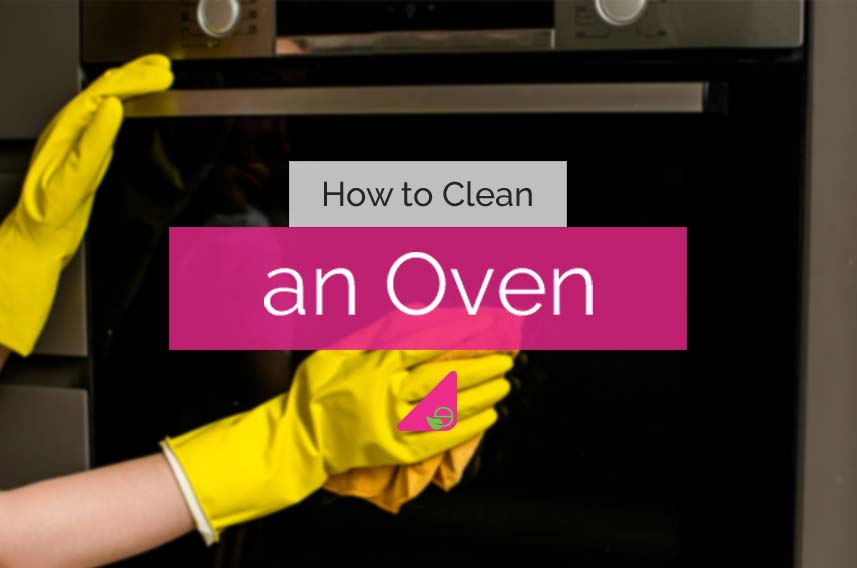
How to Clean an Oven
Cleaning an oven can seem like a daunting task.
However, it’s essential for maintaining a safe and efficient kitchen.
But a common question around it is exactly how to clean an oven.
This article will walk you through various methods to clean your oven.
Whether you prefer commercial oven cleaners, natural solutions, or using your oven’s self-cleaning feature, we’ve got you covered.
We will also cover cleaning oven racks and glass, why cleaning your oven is important, and how often it should be done.
Table of Contents
How to Clean an Oven With Oven Cleaner
Using an oven cleaner is an efficient way to tackle tough grime and keep your oven looking and functioning well.
Regular cleaning will make future cleanings easier and help maintain a safe and efficient kitchen environment.
Prepare Your Oven
First, ensure your oven is cool and remove any oven racks and items inside.
Lay down newspapers or old towels around the oven to catch any drips or spills.
Apply Oven Cleaner
Put on protective gloves and possibly a mask to avoid inhaling fumes.
Spray the oven cleaner evenly inside the oven, covering the back, sides, top, bottom, and door.
Be careful to avoid the heating elements.
Follow the instructions on the oven cleaner’s label for the correct amount and coverage.
Let it Sit
Allow the cleaner to sit for the recommended time, usually between 20 to 30 minutes.
This period allows the chemicals to break down grease, grime, and baked-on food residues effectively.
Wipe Clean
Using a damp cloth or sponge, begin wiping away the oven cleaner.
Start from the top and work your way down, frequently rinsing the cloth or sponge in warm water.
Ensure you remove all the cleaner and residues to prevent fumes when the oven is next used.
Rinse Thoroughly
Rinse the cloth or sponge thoroughly and wipe down the oven again to ensure all cleaner residues are removed.
It might be necessary to repeat this step a few times to ensure no cleaner remains.
Dry
Finally, use a clean, dry towel to dry the interior of the oven completely.
Once dry, replace the oven racks and any other items you removed earlier.
How to Clean an Oven Without Using Chemicals
Cleaning your oven without chemicals is an effective and eco-friendly way to maintain a clean kitchen.
Regular maintenance using this method will help keep your oven in excellent condition.
Remove Oven Racks
Take out the oven racks and set them aside.
This will make it easier to clean the oven interior.
Make a Baking Soda Paste
Mix 1/2 cup of baking soda with a few tablespoons of water to create a spreadable paste.
Adjust the amount of water as needed to get the right consistency.
Apply the Paste
Spread the baking soda paste evenly inside the oven, avoiding the heating elements.
Focus on areas with heavy grime and stains.
Use a spatula or gloved hands to ensure thorough coverage.
Let it Sit
Allow the paste to sit for at least 12 hours or overnight.
This waiting period lets the baking soda work on loosening stubborn grime and stains.
Wipe Clean
After letting the paste sit, use a damp cloth or sponge to wipe out the baking soda.
You may need to scrub gently in areas with stubborn buildup.
Frequently rinse the cloth or sponge in warm water to remove the baking soda residue.
Spray with Vinegar
Pour white vinegar into a spray bottle and spray it inside the oven.
The vinegar will react with any remaining baking soda, creating a fizzy action that helps lift off the residue.
Wipe Again
Wipe the oven again with a damp cloth or sponge to remove any remaining baking soda and vinegar.
Ensure all residues are cleaned off to leave the oven fresh and clean.
Dry
Finally, use a clean towel to dry the oven thoroughly.
Replace the oven racks and any other items removed earlier.
How to Clean an Oven Using the Self Cleaning Feature
Using the self-cleaning feature is a convenient and effective way to clean your oven without much effort.
Regular use of this feature will help maintain your oven’s performance and cleanliness.
Read the Manual
Before using the self-cleaning feature, read your oven’s manual.
This ensures you understand the process and any specific instructions for your model.
Prepare the Oven
Remove all oven racks, pans, and any other items from inside the oven.
Self-cleaning cycles can damage these items.
Also, remove any loose debris or large food spills with a damp cloth to prevent excessive smoke during the cycle.
Ventilate Your Kitchen
Ensure your kitchen is well-ventilated.
Open windows or turn on an exhaust fan to help manage any smoke or odours that may be produced during the self-cleaning process.
Start the Self-Cleaning Cycle
Close the oven door securely. Select the self-cleaning cycle on your oven’s control panel.
The cycle typically lasts between two to four hours, depending on your oven’s settings and the level of cleaning needed.
During this time, the oven door will lock automatically, and the temperature will rise to very high levels to burn off food residues and grease.
Wait for the Cycle to Complete
Allow the self-cleaning cycle to run its course.
The oven will become extremely hot, so avoid touching it or attempting to open the door.
Some smoke and odour are normal, but if excessive smoke occurs, it may indicate too much food residue.
Cool Down
Once the cycle is complete, let the oven cool down completely.
The door will remain locked until it is safe to open.
Wipe Away Ashes
After the oven has cooled, use a damp cloth or sponge to wipe away the ashes left behind from the burned-off residues.
Ensure all remnants are cleaned out to keep your oven spotless.
How to Clean Oven Racks
Cleaning oven racks is essential for maintaining a clean and efficient oven.
Here’s a simple method to get them sparkling:
Remove the Racks
Take the oven racks out and place them in a large sink or bathtub.
Soak in Hot, Soapy Water
Fill the sink or tub with hot water and add a few drops of dish soap.
Let the racks soak for several hours or overnight to loosen grime and grease.
Scrub the Racks
Using a non-abrasive scrubber or brush, scrub the racks to remove baked-on food and grease.
For stubborn spots, you can use a paste made of baking soda and water.
Rinse and Dry
Rinse the racks thoroughly with clean water to remove any soap residue.
Dry them completely with a clean towel before placing them back in the oven.
How to Clean Oven Glass
Cleaning oven glass is essential for maintaining clear visibility and a tidy kitchen.
Here’s an easy method to achieve sparkling clean oven glass:
Prepare a Cleaning Solution
Mix equal parts water and white vinegar in a spray bottle.
For tougher stains, you can use a commercial glass cleaner or make a paste using baking soda and water.
Spray the Glass
Spray the solution generously onto the oven glass, both inside and outside.
Ensure you cover all areas with visible grime and grease.
Let it Sit
Allow the solution to sit for a few minutes.
This waiting period helps to loosen dirt and grease, making it easier to clean.
Wipe Clean
Use a microfiber cloth or sponge to wipe the glass.
For stubborn spots, apply a paste made of baking soda and water, then scrub gently with a non-abrasive sponge.
Rinse and Dry
Spray some clean water onto the glass to rinse off any remaining cleaning solution or baking soda paste.
Wipe the glass with a clean, damp cloth, then dry it with a dry microfiber cloth to avoid streaks.
Polish
For a final touch, buff the glass with a dry microfiber cloth to remove any streaks and leave it shiny.
Why Do You Need to Clean an Oven?
Regularly cleaning your oven is crucial for several reasons:
Health and Safety
A dirty oven can harbour bacteria, contaminating your food.
Grease buildup also poses a fire hazard.
Improved Efficiency
A clean oven cooks food more evenly and efficiently.
Grease and grime can affect heating elements, leading to longer cooking times and higher energy usage.
Odour Control
Food residues cause unpleasant odours that can affect the taste of your food.
Regular cleaning helps keep your oven smelling fresh.
Prolonged Lifespan
Regular maintenance and cleaning can extend the lifespan of your oven.
Keeping it in good condition reduces the risk of damage and the need for costly repairs or replacements.
Better Performance
A clean oven performs better, ensuring that your meals are cooked to perfection every time.
How Often Should You Clean an Oven?
How often you clean your oven depends on how often you use it and other factors:
Light Use
If you use your oven lightly, such as a few times a week, clean it every three to six months.
Wipe down spills and crumbs after each use to prevent buildup.
Moderate Use
For moderate use, like baking and roasting several times a week, clean your oven every two to three months.
Regular maintenance helps prevent stubborn stains and grease accumulation.
Heavy Use
If you use your oven heavily, such as daily cooking and frequent baking, clean it monthly.
This frequency ensures your oven remains in top condition and reduces the risk of smells and smoke.
Self-Cleaning Cycle
If your oven has a self-cleaning feature, use it as recommended by the manufacturer, typically every four to six months, depending on usage.
Spot Cleaning
Regularly spot-clean spills and splatters to prevent them from hardening and becoming difficult to remove.
Addressing messes promptly keeps your oven cleaner for longer.
Conclusion
You should now have more of an understanding of how to clean an oven.
Keeping your oven clean is crucial for health, safety, and efficiency.
Whether you use commercial cleaners, natural solutions, or the self-cleaning feature, regular maintenance will keep your oven in great shape.
Remember the importance of routine cleaning to prevent buildup and extend your oven’s lifespan.
By following these guidelines, you can enjoy a cleaner, more efficient cooking experience.
For more help with your cleaning needs, get in contact with us here at ECMS.
Request a Callback
Recent Posts
- How to Clean Painted Walls 01th Apr 2025
- How to Get Oil Stains Out of Carpet 01th Mar 2025
- How to Clean a Fridge and Remove Bad Smells 01th Feb 2025
- How to Get Coffee Stains Out of a Carpet 01th Jan 2025
- How to Clean Gutters Correctly 01th Dec 2024
- What is PAT Testing? 01th Nov 2024
- How to Clean an Oven 01th Oct 2024
- How to Remove Limescale from a Toilet 01th Sep 2024
- How Long Does a Boiler Service Take? 01th Aug 2024
- How to Clean Oven Glass 01th Jul 2024


